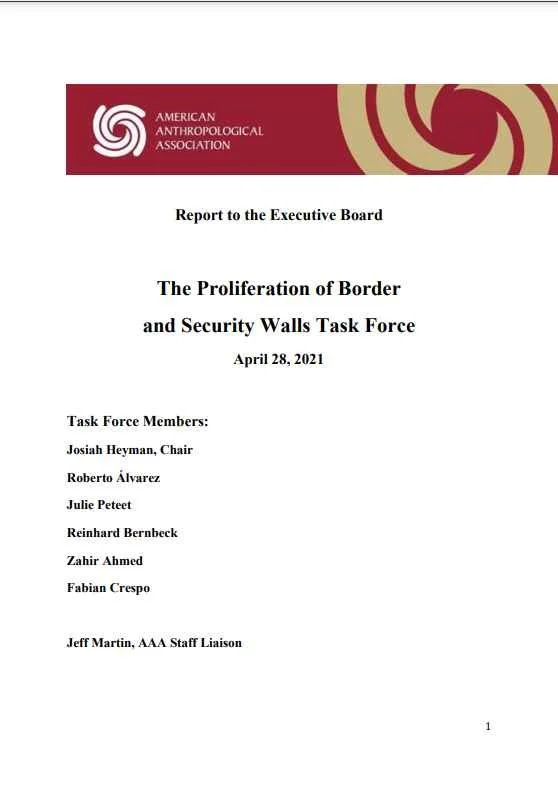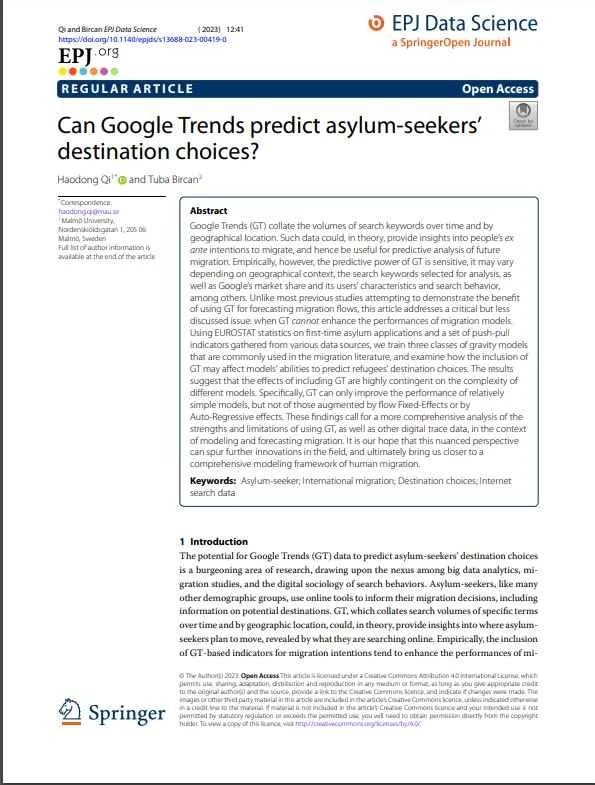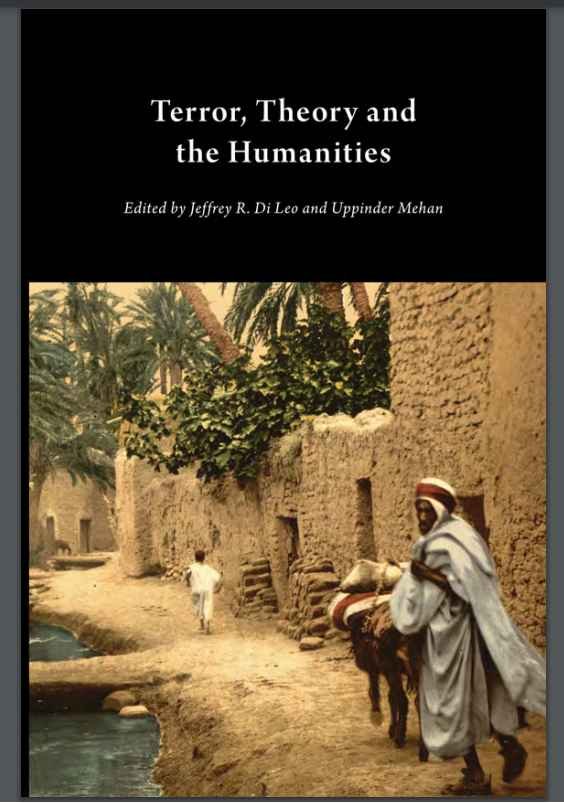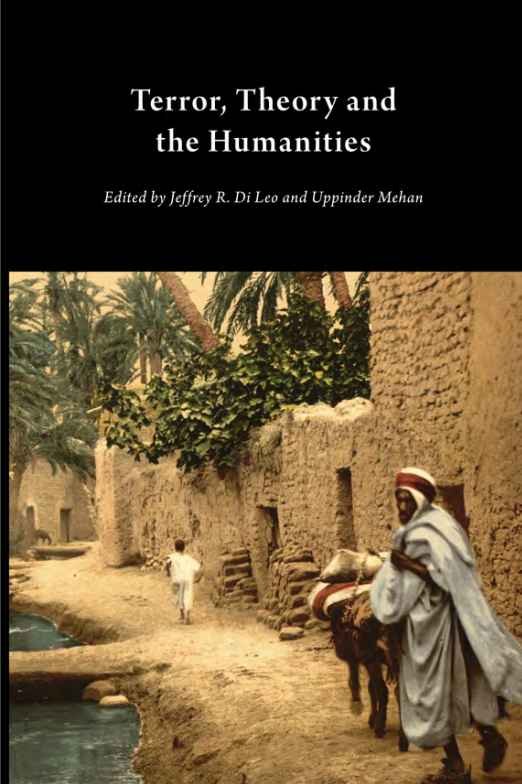By Christopher M. Campbell, et al.
In an effort to empirically explore and identify potential areas of reform that might exist in the Oregon Board of Parole and Post-Prison Supervision (the Board) release process hearings and decision-making process, the Criminal Justice Reform Clinic at Lewis & Clark Law School (CJRC) launched a project funded by Arnold Ventures in November of 2020. This project aimed to understand how incarcerated potential parolees (petitioners) and parolees in the community are impacted by the Board’s process using a large-scale mixed method (qualitative and quantitative) research study. Moreover, the purpose of the study is also to examine how the Board’s decisions and processes may be related to certain outcomes (e.g., initial release and supervision failure). Where possible, special attention is given to differences in race/ethnicity of the parolee and subsequent outcomes of decisions and supervisions. The key research goals of this study were to (1) determine if there are any patterns in Board decisions to release an eligible person to parole supervision, (2) determine if there are any differences across cases brought before the Board, (3) identify how the hearing and decision-making process impact eligible parties/parolees, and (4) examine the degree to which release decisions are accurate in determining a parolee’s likelihood to reoffend. Below are summaries of each goal and a brief overview of the takeaway messages from each section. Please note that the data and findings associated with each goal capture cases released over the last several years. They encompass laws that have changed as well as many Board member cohorts that have long since turned over during the analyzed time-frame. For this report, the Board is examined and discussed as a living institution, the scope of which can be impacted depending on who serves on it. Thus, none of the conclusions provided here are directed at any one cohort of Board members, including the current Board. In fact, limited data were available on decisions made by the current cohort for this report due to several reasons (e.g., COVID-19 disruptions and lack of staffing resources). All findings and conclusions are drawn from data and reflections that incorporate multiple Board cohorts and governor administrations. As a result, all recommendations made here are focused on reforms to improve the fairness, transparency, and legitimacy of the Board as an institution while maintaining the mission of public safety. Recommendations are provided to emphasize the fact that the Board’s processes and policies transcend any single cohort of Board members and culture, and the codification of data-driven policies is the best way to safeguard fairness across Board cohorts.
Portland, OR: Criminal Justice Reform Clinic at Lewis & Clark Law School . 2020. 93p.

























